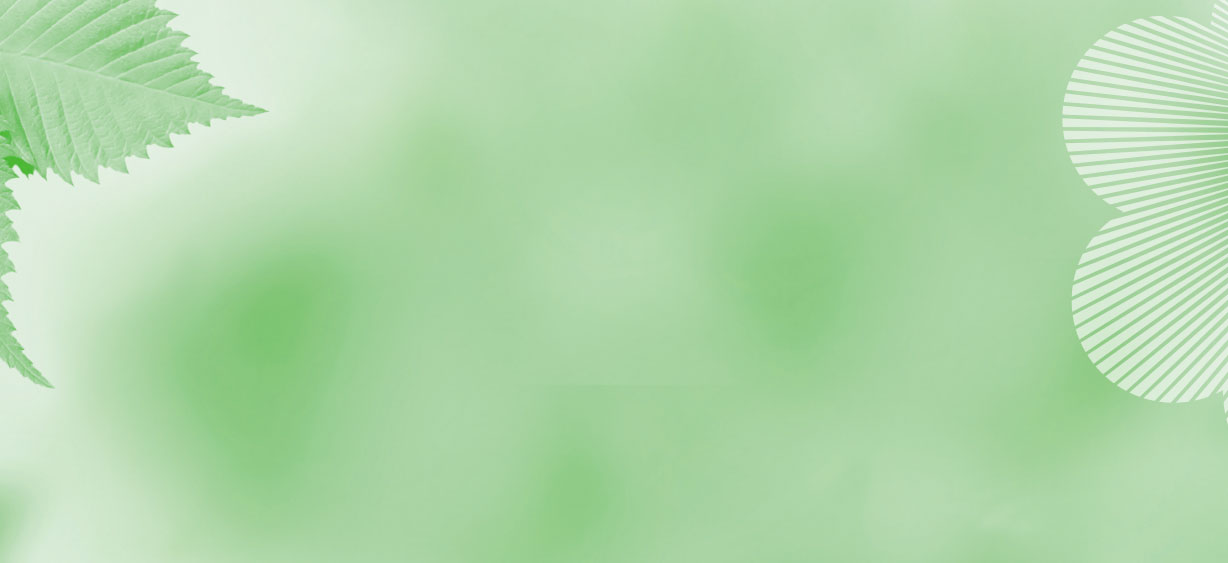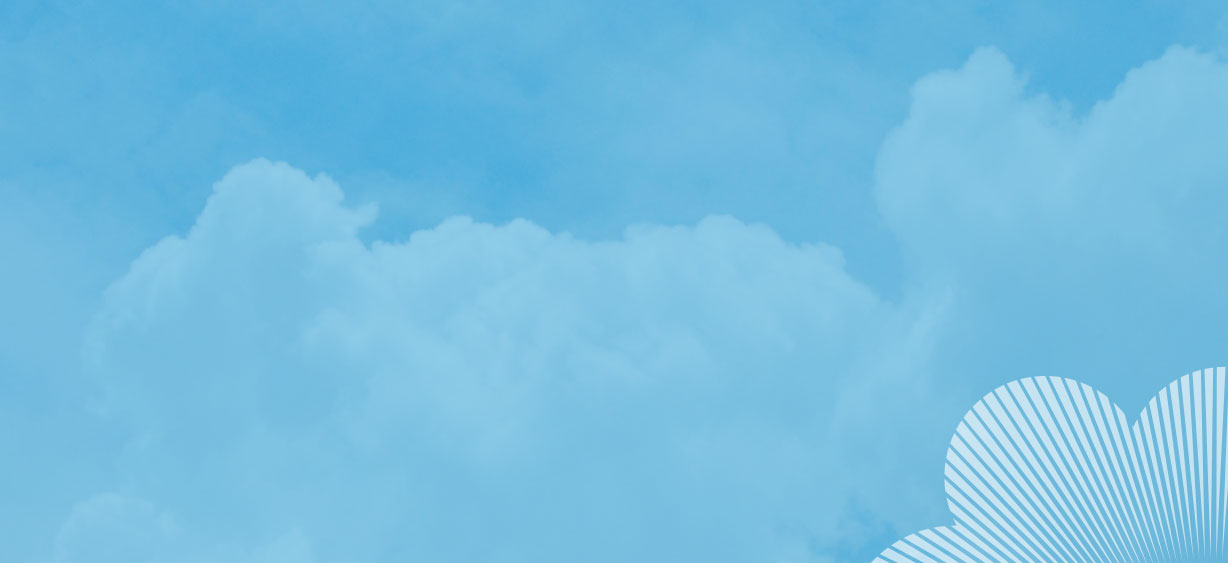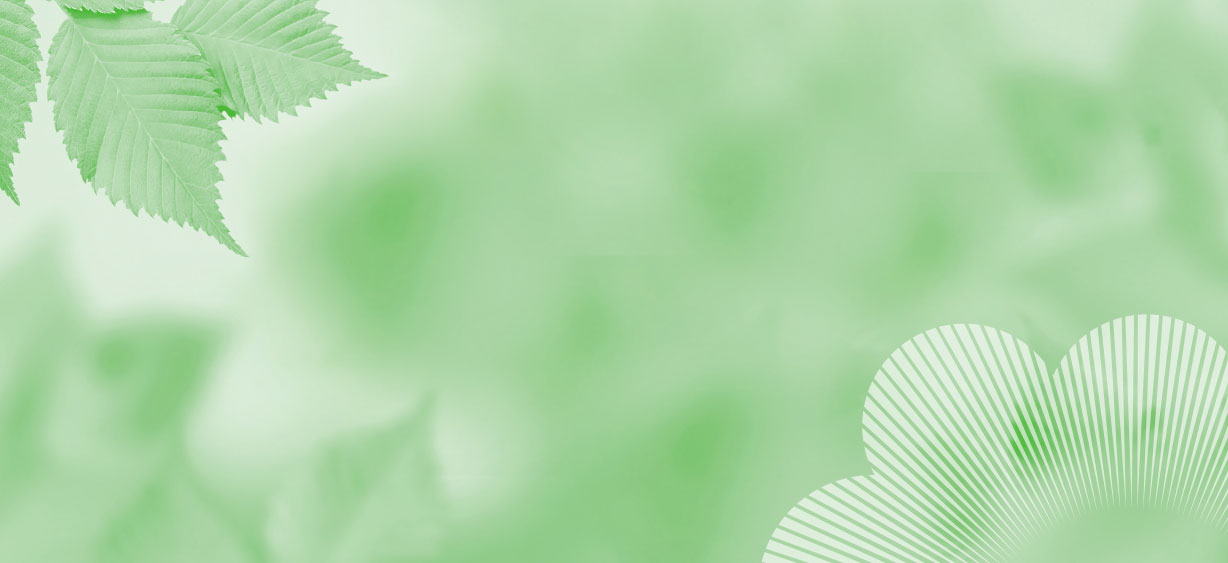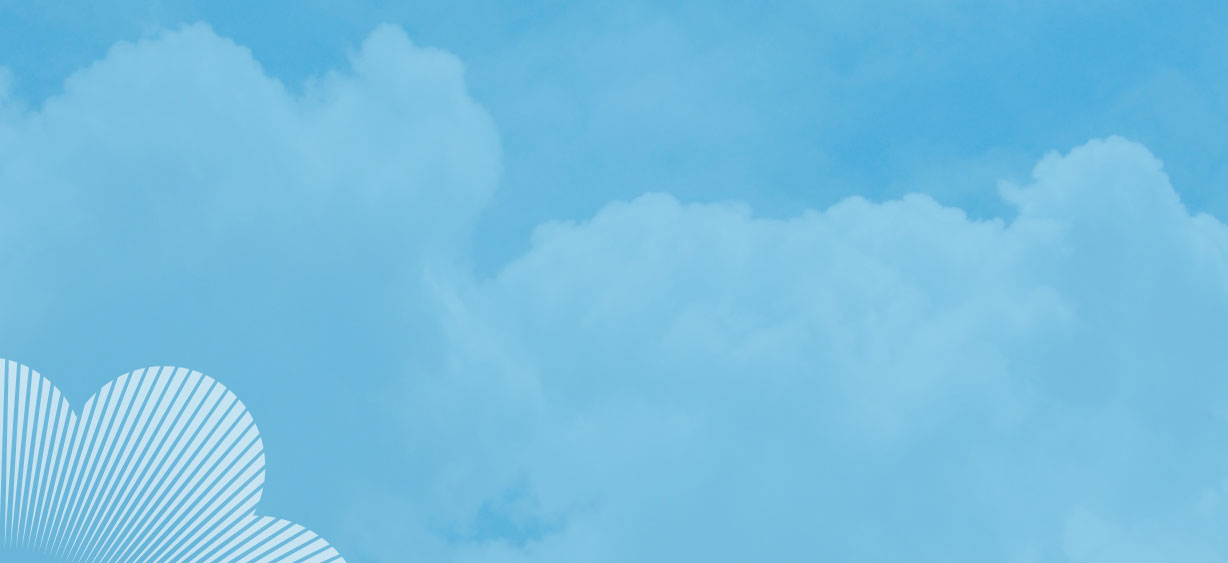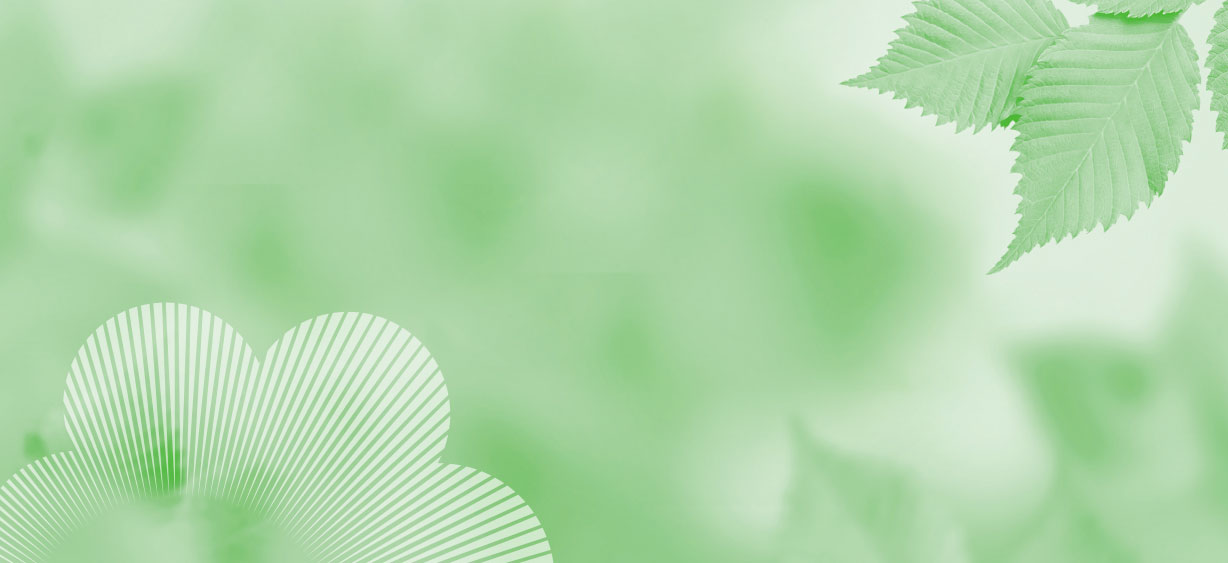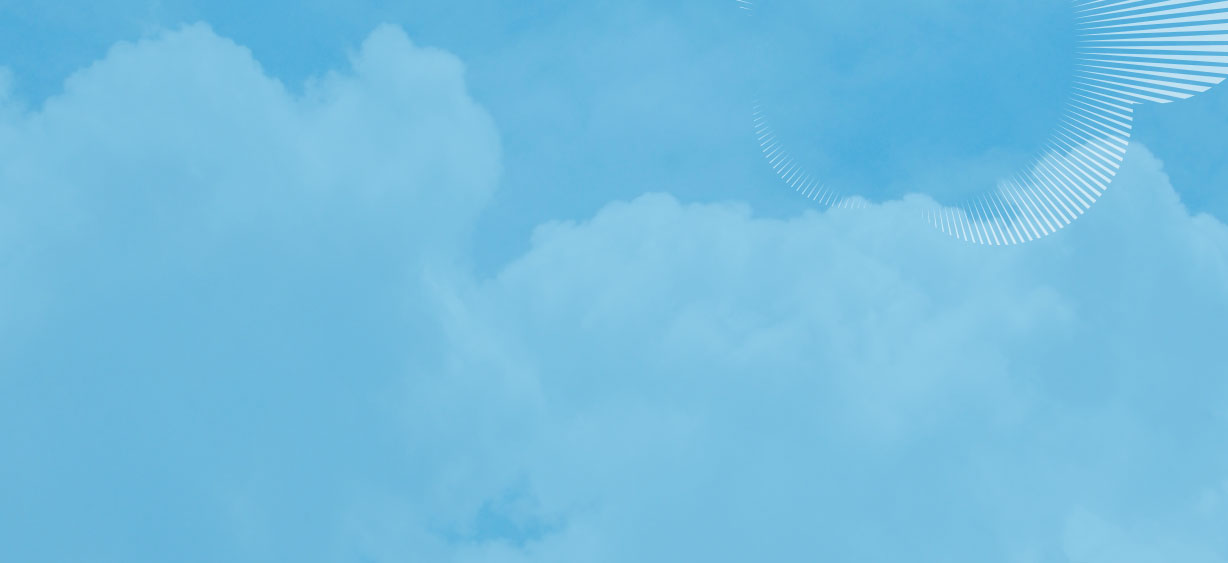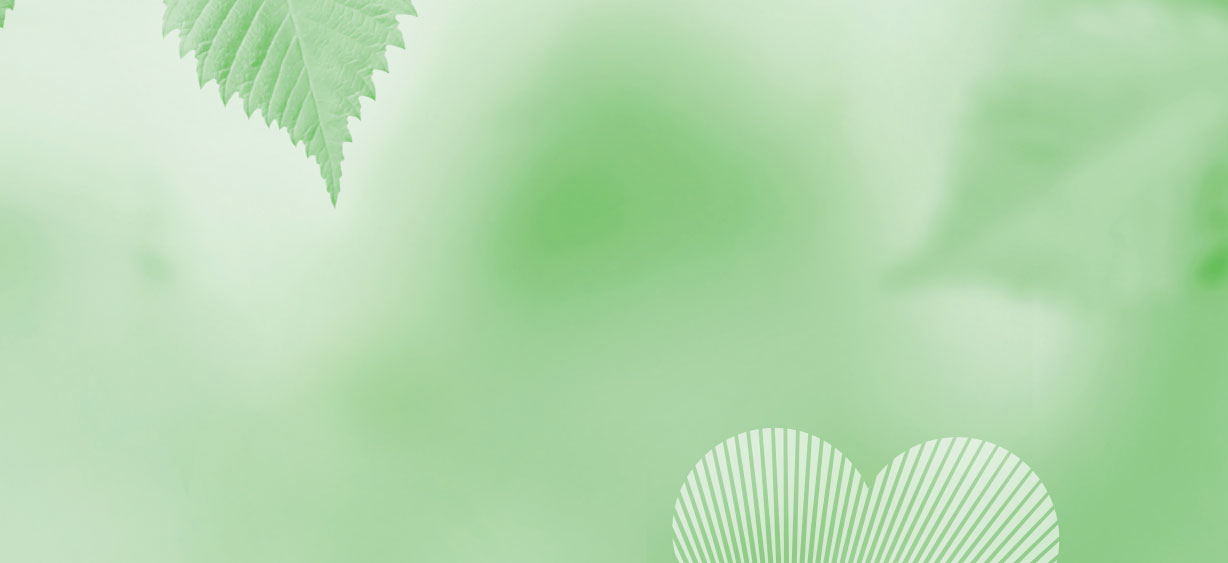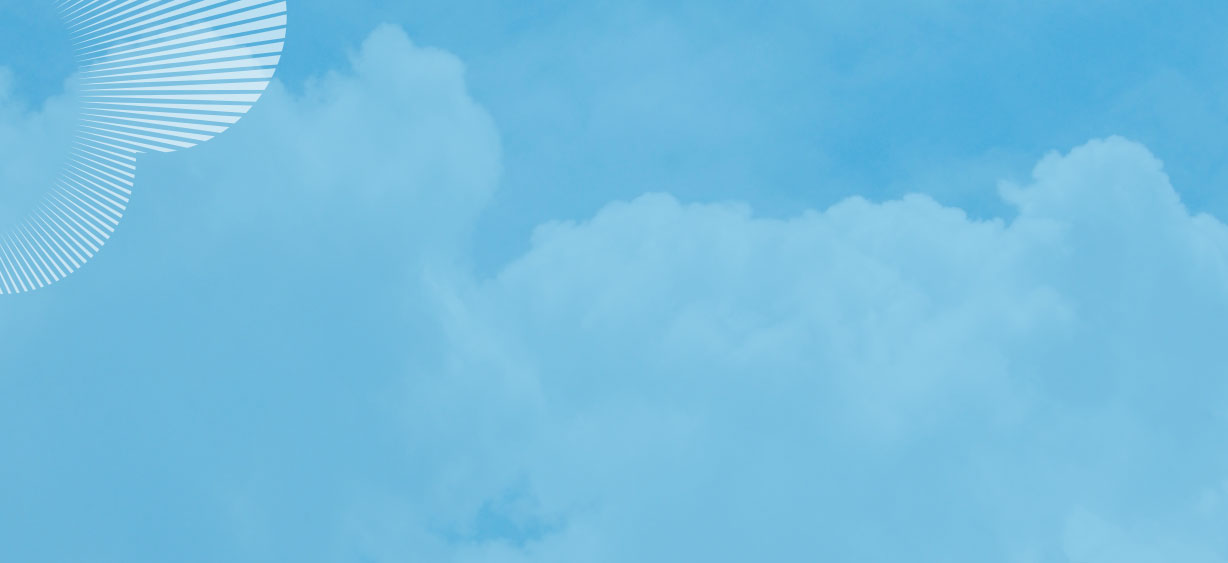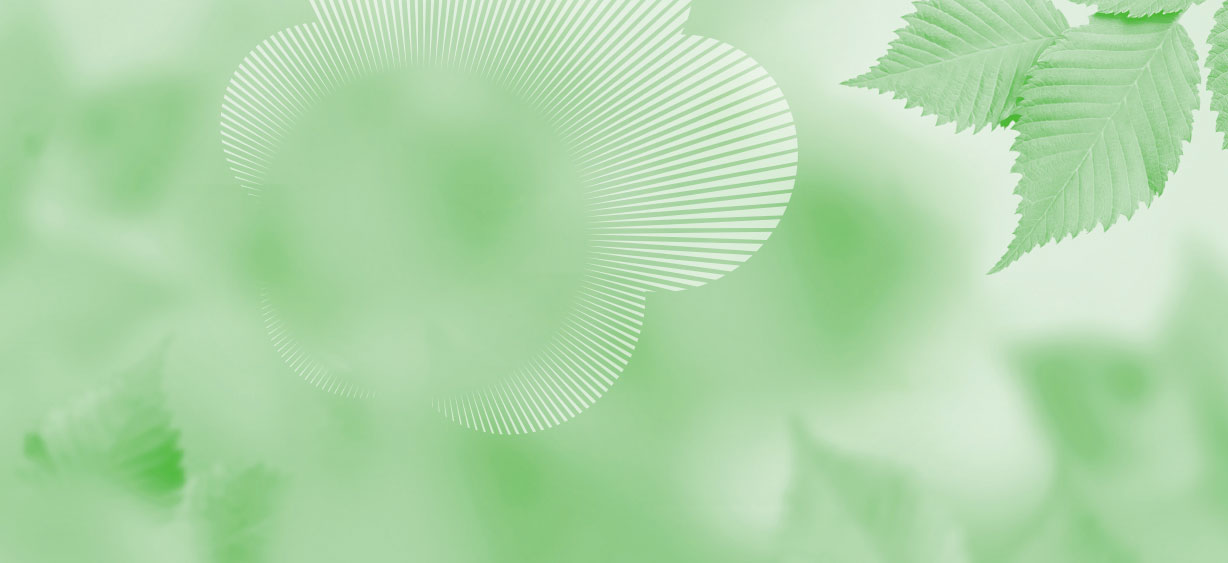ENERGY
Since 2007, all our energy needs have been met by green electricity generated using hydropower. This has enabled us to eliminate almost 2,000 tonnes of CO2 every year, the equivalent of the annual CO2 footprint of 175 German citizens.
In addition, we have landscaped large sections of the roof on our Bietigheim plant. The plants retain moisture and cool the surrounding air in the warmer season through evaporation. This offers the benefit that the green roof insulation provides pleasant temperatures in the building in the summer so we barely need any air conditioning.
We are constantly investing in renewable projects for saving energy in other areas too. In addition to
switching to modern lighting systems, the waste heat from the air compressors is used for heating purposes.
MOBILITY
Electromobility is the future. In view of this, we are continuously investing in the migration of our company vehicles to electric and hybrid cars as well as in the installation of electric charging stations on our plant sites.
The number of journeys that generate CO2 are not only being reduced by the increase in home working, but also by the high number of employees participating in the ‘cycle to work’ initiative of the ADFC and AOK.
We are increasingly replacing laborious business trips with productive online conferences. Where on-site visits are unavoidable, we always minimise the number of travellers. Green modes of transport like the train and public transport enable us to largely eliminate all domestic and international flights.
PRODUCTION
Minimising our plants’ environmental impact is a continuous process.
In our production facilities, we use renewable energies and resource-efficient production processes to conserve natural primary raw materials and energy resources. As such, we also use water treatment and solvent recovery.
The existing cooling units have been replaced with modern systems with low power consumption and an open-air cooling solution. This avoids the use of environmentally damaging coolants.
PRODUCT TECHNOLOGY
For decades, we have been developing modern, low-emission products while taking a holistic view of the product life cycle. Regular tests in independent laboratories and test centres confirm our commitment to responsible products.
Over 90 % of the systems for our creative colours are already water based plus we are working hard to research and develop new formulations based on renewable raw materials.
Within the field of printing, the well-established UV curing systems help us increasingly avoid ceramic paints and solvent-containing systems, and therefore to continually reduce the VOC emissions generated by the printing process. LED curing systems play a particular role in this regard as they use less energy than conventional UV curing systems.
The importance of water-based systems is also increasing in relation to printing inks. Innovative trends in drying technology are leading to ever more new uses of our water-based printing inks. We believe that we will be able to increase the number of water-based systems in the printing ink area by more than 300 % over the next five years.
Within the field of packaging printing, we expect a mediumterm migration to products with an increasing content of sustainable and biodegradable raw materials.
RAW MATERIALS
The choice of raw material components is subject to the strictest quality controls during product development.
Wherever technically possible, we avoid high-risk raw materials and are committed to using renewable resources for our development activities. In our in-house laboratories, experts conduct daily research to enable us to replace critical substances with environmentally friendly alternatives for both new and existing products. We also extend this environmental commitment from Marabu to our upstream supply chains.
PACKAGING
Our packaging is truly multi-functional. It protects the products, presents the contents and is impressively durable. Whether glass, aluminium, cardboard or plastic, every material has certain properties that have been carefully weighed up for use with each individual product.
Two principles are of central importance when selecting the ideal packaging: as little material as necessary. As much recycling as possible. At up to 95 %, cardboard has the highest recycled content, followed by plastic blister packs at up to 80 % and glass at up to 40 %.
We want to persistently improve and continuously conduct research into resource-conserving and environmentally friendly alternatives.
TIMBER INDUSTRY
Taking a holistic view of our environmentally friendly product range also means focussing on sustainability when purchasing painting accessories.
Since 2013, all wooden products have been exclusively purchased from FSC™-certified forestry companies and retailers. We are therefore listed in the global database of FSC™-certified companies.
TRANSPORT
It goes without saying that green goods shipments already form part of our climate strategy. Climate-neutral freight carriers and lower-emission transport methods like shipping or road transport replace air freight wherever possible.
WASTE MANAGEMENT
We use consistent waste management processes at all Marabu sites to close the resource cycle in so far as possible.
Waste is therefore separated by type and sent for recycling. For example, any cleaning solvents are internally distilled for reuse.
Our motto is to avoid as much waste as possible.
